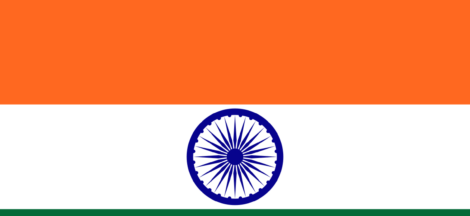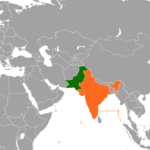
India has reported 257 active COVID-19 cases as of 19 May 2025, with health authorities maintaining that the situation remains under control. The majority of these cases are concentrated in Kerala , followed by Maharashtra and Tamil Nadu . Most infections are mild, requiring no hospitalisation, though officials are urging continued vigilance.
The rise in cases coincides with a surge in infections across parts of Asia, notably in Singapore and Hong Kong, driven by the Omicron subvariant JN.1 and its descendants, including KP.1 and KP.2. Singapore recorded over 25,900 cases between 5 and 11 May, prompting the government to reintroduce mask advisories and adjust hospital operations to manage the increased patient load.
In India, genomic surveillance has identified 290 cases of the KP.2 variant and 34 cases of KP.1. These variants, while more transmissible, have not led to a significant increase in hospitalisations or severe cases. Health officials attribute the current uptick in cases to factors such as increased foreign travel and climatic conditions like high humidity, which may lower immunity.
Symptoms associated with the JN.1 variant include dry cough, fever, sore throat, headache, fatigue, loss of appetite, and diarrhoea. Health experts advise high-risk individuals to wear masks in crowded areas, practice good hand hygiene, and seek medical attention if symptoms develop.




 Trump Attributes India-Pakistan Ceasefire to Trade Diplomacy
Trump Attributes India-Pakistan Ceasefire to Trade Diplomacy 